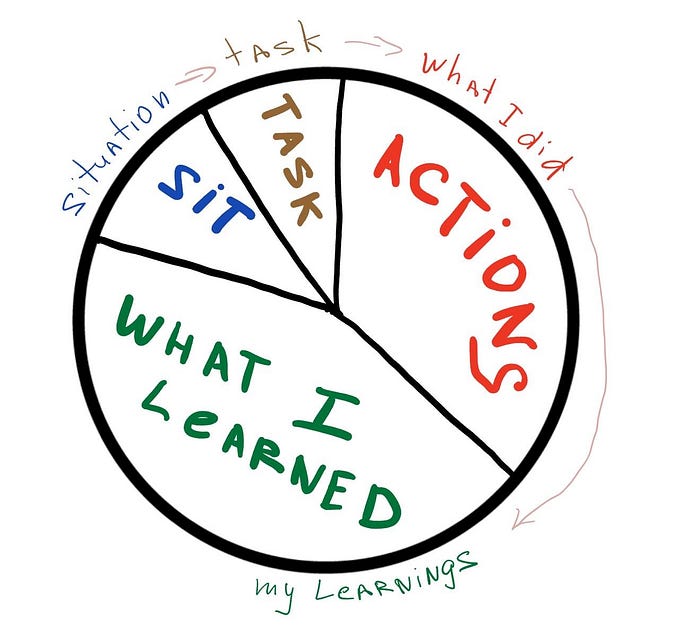Explaining Kanban to non tech people

Telltale signs of kanban like processes can be witnessed all through our daily lives, from grabbing a coffee at Starbucks to going to a government office for paperwork. But the vast majority of people who are not in contact with the terminology on a daily basis, may not even know or see it. This article gives the very basic overview and understanding how Kanban works in a real world example which should fit with most people.

Let’s begin!
At home you have a laundry bag, this is either an actual thing such as a bag or basket, but it could also be just a pile on the floor.
If you don’t tackle the laundry, you will end up most likely running out of clothes to wear and that might be a predicament!
For the remainder of this article, lets say you have a laundry bag for collecting all of the clothes you need to wash, something like the picture on the left.
We have our first column on a Kanban board, its called the Laundry Bag and of course there is a limit to how many clothes can be in the bag or how full it can get. This in the Kanban world is known as a Work in Progress Limit or WIP Limit and defines the “flow” of work lets say.
When the laundry bag is full, you need to actually wash the clothes to empty the bag and enable it to be used again. While the bag is full, no more clothes can be added to it. This in the Kanban world means that there needs to be action, no other task can flow through the system if the WIP limit has been reached. So, how do you unblock that column? We need to put the clothes in the washing machine! But wait, the washing machine cannot handle the full bag as the bag is bigger than the drum of the washing machine. Here we have our next WIP Limit, this is the amount of clothes which can be washed at any one time in the washing machine. You also might not want to just throw all the clothes in the machine as you most likely will batch the work based on the type of clothes you want to wash.
So, we now have a load of washing on the go and the laundry bag is 3/4 empty, which means we’re now unblocked from filling the laundry bag up and the process can flow, until the washing machine that is.

The first load of clothes is done and we can now empty the washing machine and hang the clothes up to dry on the drying rack and here we come to our next column “drying rack” which also has a limit for how many clothes can be hung up.
The washing machine is now free and another set of clothes can be washed. The drying rack is able to handle more than a single load of washing and so the process continues as the laundry bag gradually fills up again as the washing is done and the next set of clothes is hung out to dry.
At the end, the dry clothes reach your wardrobe / closet and the process is complete!
Below is what a basic Kanban board for this might look like:

It’s not the perfect example, but its one most of us face on a regular basis. When you explain the physical limits within the process such as the amount of clothes that fit in the washing machine or on the drying rack and how it affects the whole flow of washing your clothes it clicks!
Kanban originates from Japan and it talks about a production line and how the best flow should be to enable the most efficent work and the same can be seen in this example, it’s a basic production line.
As you can see, we have a lot of Kanban processes going on around us in life and most people don’t even realise it. What this highlights is that the process is natural and fits well with us as a species and thats why a lot of tech companies adopt such an approach for feature and product development as its just natural, you just need to define what the columns and constraints (WIP Limits) are and you’re pretty good to go.








